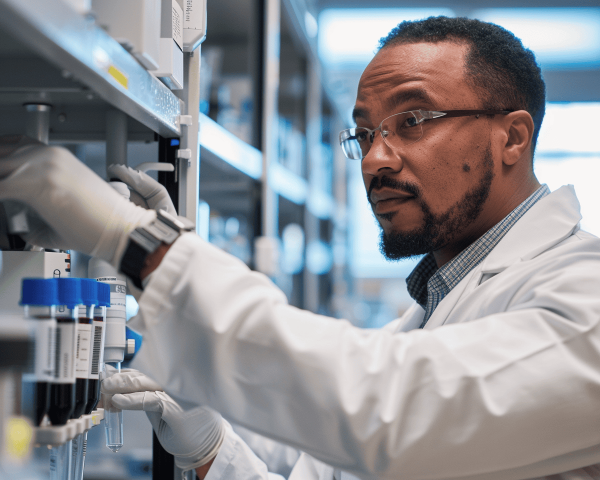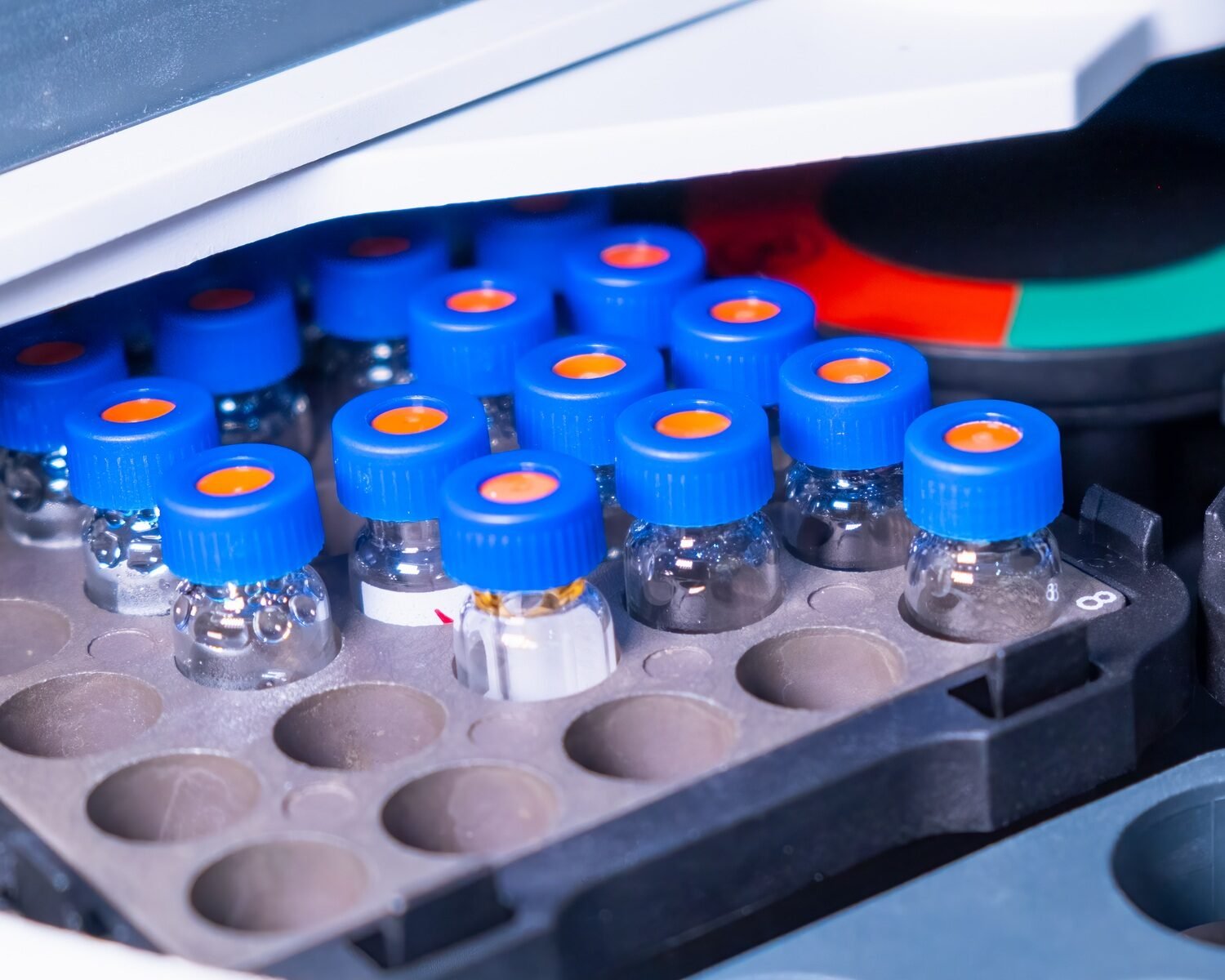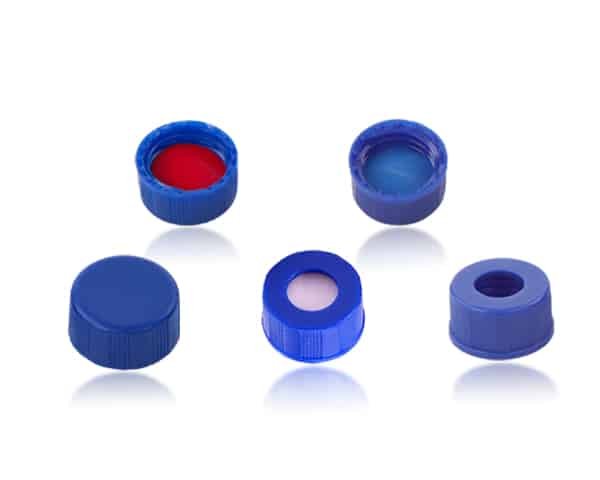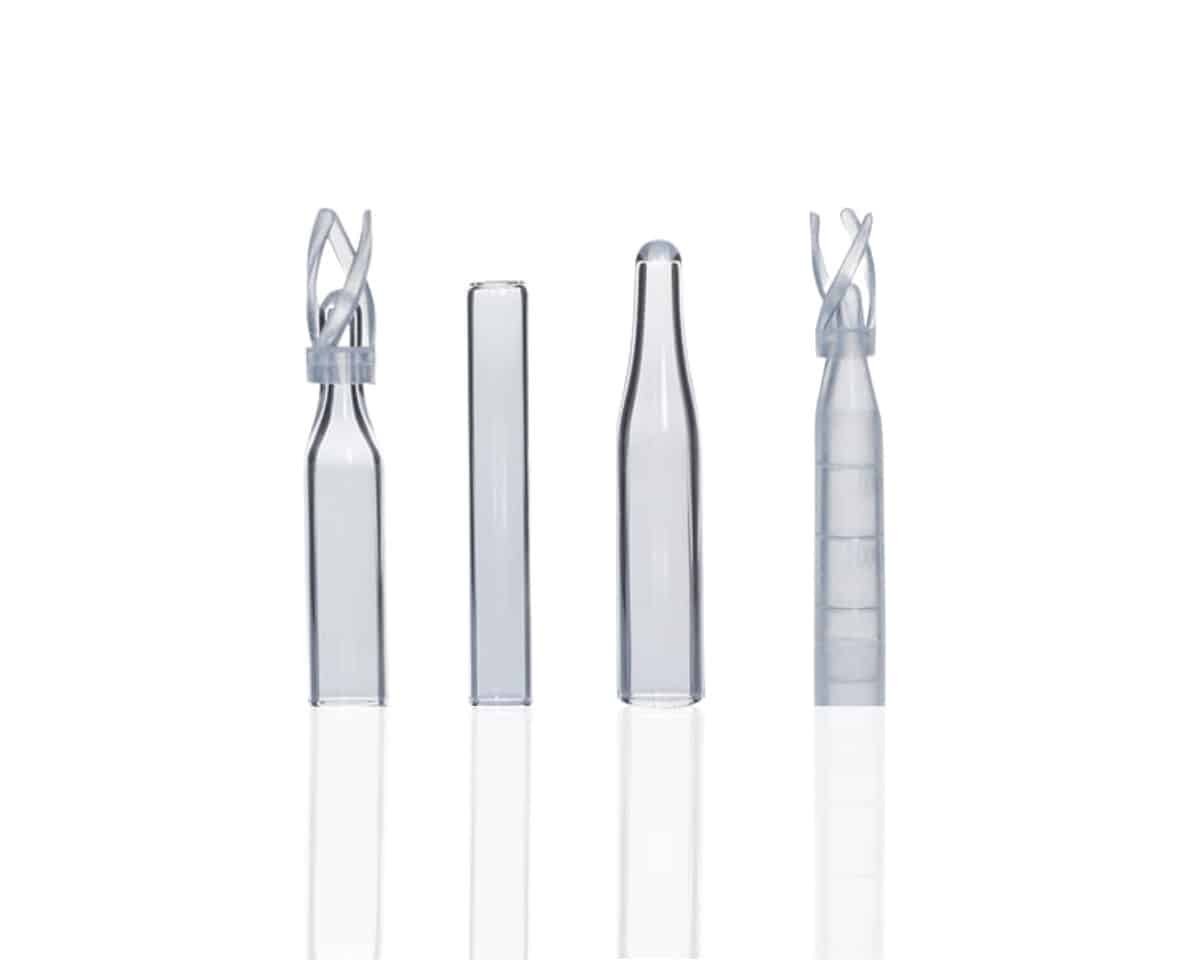You know, lab standards can feel like a chore, right? But when it comes to HPLC (High-Performance Liquid Chromatography), they are non-negotiable. It’s not just about following rules—it’s about making sure your results are reliable, consistent, and, let’s be honest, getting regulatory bodies off your back. So, what exactly is an HPLC lab standard, and why does it matter so much? Let’s dig in and explore why these guidelines are crucial for anyone working in a lab setting. Do you agree that lab standards sometimes seem like more work than they’re worth, or do you see the value they bring?
What Are HPLC Lab Standards?
HPLC lab standards are the official guidelines and protocols that govern how HPLC tests are run. These standards ensure accuracy, consistency, and regulatory compliance across various industries, including pharmaceuticals, food safety, and biotechnology. Organizations like the United States Pharmacopeia (USP), International Organization for Standardization (ISO), and the International Conference on Harmonisation (ICH) develop and update these standards regularly. They cover everything from the equipment you use to the methods you follow during testing.
Simply put, following HPLC standards means you’re doing everything by the book—and that’s a good thing, especially when others are relying on your results. Do you sometimes find yourself overwhelmed with all these protocols? Trust me, I get it, but the payoff is in the results.

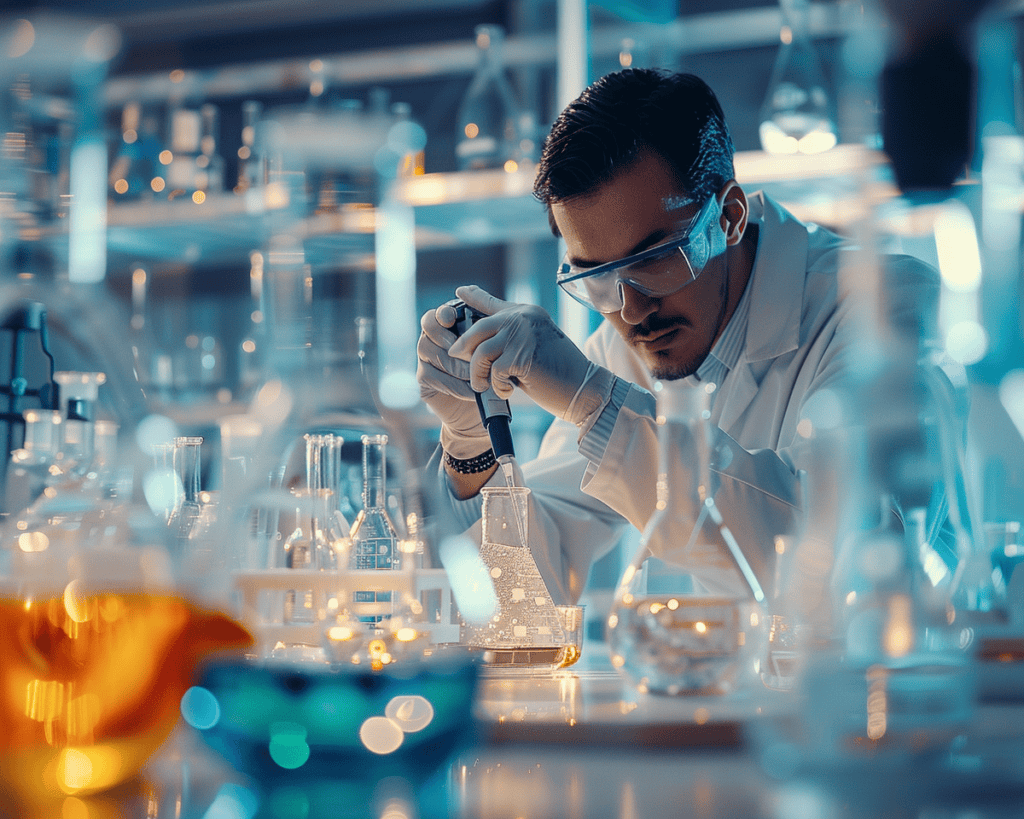
Why Are HPLC Lab Standards So Important?
You might be thinking, “Why do I need to follow these standards? Isn’t my current process working just fine?” The short answer is yes, but these standards exist to make sure your results are always reliable—whether you’re running routine tests or working on something critical.
Ensuring Accuracy and Consistency
One of the key reasons for having HPLC lab standards is to guarantee that your results are both accurate and consistent. Imagine running the same test several times and getting different results each time—pretty frustrating, right? That’s where standards come in. They help eliminate variables that could mess with your data, ensuring that you (and other labs) can replicate results time and time again.
For example, the USP Chapter 621 outlines specific guidelines for HPLC system suitability tests, ensuring your system is functioning as expected. By following these guidelines, you can be confident in your data, knowing it meets the highest level of accuracy and reliability (United States Pharmacopeia).
Meeting Regulatory Requirements
In some industries, adhering to HPLC standards isn’t optional—it’s required. If you work in pharmaceuticals, food safety, or environmental testing, regulatory bodies like the FDA and EMA expect you to follow these standards to the letter. Failing to do so could mean failed inspections, fines, or even product recalls.
Do you ever feel like the regulations are piling up faster than you can keep up? It can be overwhelming, but when you adhere to these HPLC standards, you’re not only ensuring the quality of your results, but also staying compliant with regulatory bodies. No one wants to be on the wrong side of an FDA audit, right?
Optimizing System Performance
Another important reason to follow HPLC standards is to optimize your system’s performance. Calibration, maintenance, and system suitability tests are all part of the process to ensure your HPLC system runs efficiently. Regular maintenance helps you avoid costly downtime, reduces errors, and keeps your lab running smoothly.
By following guidelines like ISO 17025, which sets out requirements for calibration and documentation, you’re essentially extending the life of your equipment (ISO Standards). When was the last time you checked your system’s calibration? It might be time to give it a look!
Key Elements of HPLC Lab Standards
So, what exactly do these HPLC standards cover? Here’s a breakdown of the essential components you should know.
System Suitability Tests
System suitability tests (SST) are one of the first steps in any HPLC analysis. These tests check whether your system is working correctly before you even start analyzing samples. Common parameters include:
- Retention time: Ensures consistency between runs.
- Peak symmetry: A check for tailing or broadening peaks.
- Theoretical plates: A measure of column efficiency.
- Resolution between peaks: Ensures separation of components.
Following system suitability tests helps you catch any potential issues early on, ensuring that your test results are accurate. Have you ever started a test only to realize halfway through that something was off with your system? SSTs can help you avoid that headache.
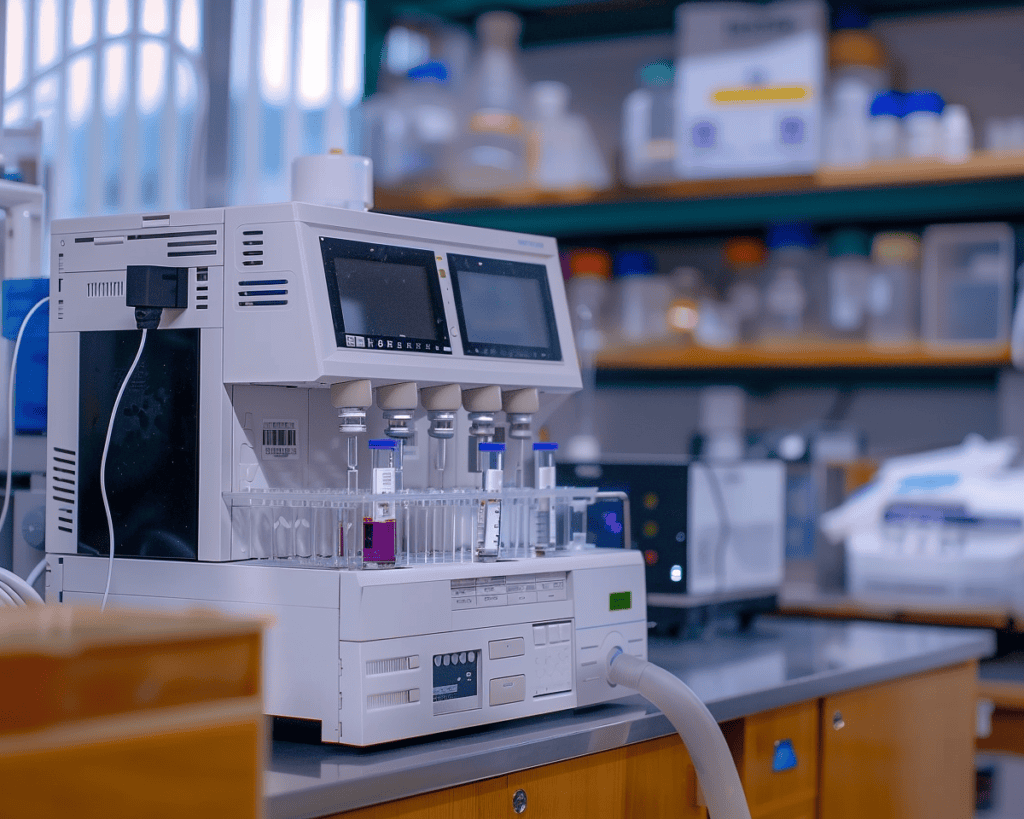

Calibration and Maintenance
Proper calibration and maintenance are crucial for the longevity of your HPLC system. Calibration ensures that your system is delivering accurate readings, while maintenance prevents issues like blockages or leaks. Most standards, like ISO 17025, require you to document every calibration and maintenance check (ISO Standards).
Following these procedures might seem tedious, but they ensure that your system runs smoothly and that your results are consistent. Plus, well-maintained equipment will save you from costly repairs down the road. When was the last time your system had a full check-up?
Sample Preparation Guidelines
Proper sample preparation is another critical aspect of HPLC lab standards. Poorly prepared samples can result in contamination, inaccurate readings, or even system damage. Standards usually provide detailed instructions on:
- Sample filtration and dilution.
- Handling solvents and reagents.
- Using appropriate containers, such as high-quality HPLC vials, to prevent contamination.
Trustworthy suppliers like Mastelf provide vials that meet these high standards, ensuring you get the best results without introducing contamination into your system. Using subpar vials could skew your data, and no one wants that.
Data Documentation and Traceability
Documentation is a significant part of HPLC standards, especially when it comes to regulatory compliance. Every step of the HPLC process, from sample preparation to final results, must be recorded accurately. This documentation helps with traceability, ensuring that every result can be linked back to its source. It’s not just about covering your bases—proper documentation can save you a lot of trouble during audits.
Staying Up-to-Date with Evolving Standards
HPLC standards aren’t static. They evolve with advancements in technology and new regulatory requirements. Keeping up with these changes is crucial for staying compliant and maintaining accuracy in your lab work. Organizations like the ICH regularly update their guidelines, reflecting the latest innovations in chromatography (ICH Guidelines).
How often do you check for updates to your lab’s standards? It’s a good idea to review your procedures periodically to make sure you’re following the most up-to-date guidelines. Ignoring these updates can lead to non-compliance and unreliable results—definitely not worth the risk.
Conclusion: Why HPLC Standards Are Worth the Effort
Are HPLC lab standards really worth all the effort? In short—absolutely. They may seem like extra work, but they’re designed to ensure your results are accurate, consistent, and compliant with industry regulations. By following these standards, you’re not only improving your lab’s efficiency but also protecting your results from errors and ensuring regulatory compliance.
What do you think? Do you find these standards helpful, or do they sometimes feel like a burden? Either way, they’re essential for maintaining a well-functioning lab.
Sources:

